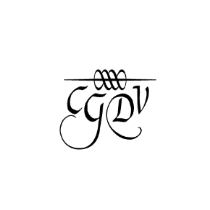Abstract
In reasoning, the fallacy produces the same effect as a false visual perception: it seems to work but, if you analyze it more closely, it hides an only apparently correct reasoning. Fallacies come to plague the judicial context as well, even to the point of fleshing out the concept of "manifest illogicality" and affecting the Supreme Court. The fallacy of circular reasoning is one of the most widespread argumentative fallacies in the judicial context, with numerous cases that have encumbered even famous trials and produced enormous damage. It is the type that has allowed and allows, all too often, the promotion of a mere suspicion into a clue pretending to be evidence. While one must appreciate the ability of the Court of Cassation and its members to succeed, often, in identifying and stymieing the fallacies of the arguments submitted to them, it must also be remembered, however, that the problem exists and denotes errors first and foremost methodological errors, as well as the absence of adequate training in disciplines such as logic and rhetoric.

This work is licensed under a Creative Commons Attribution 4.0 International License.
Copyright (c) 2023 Gianluca Sposito





